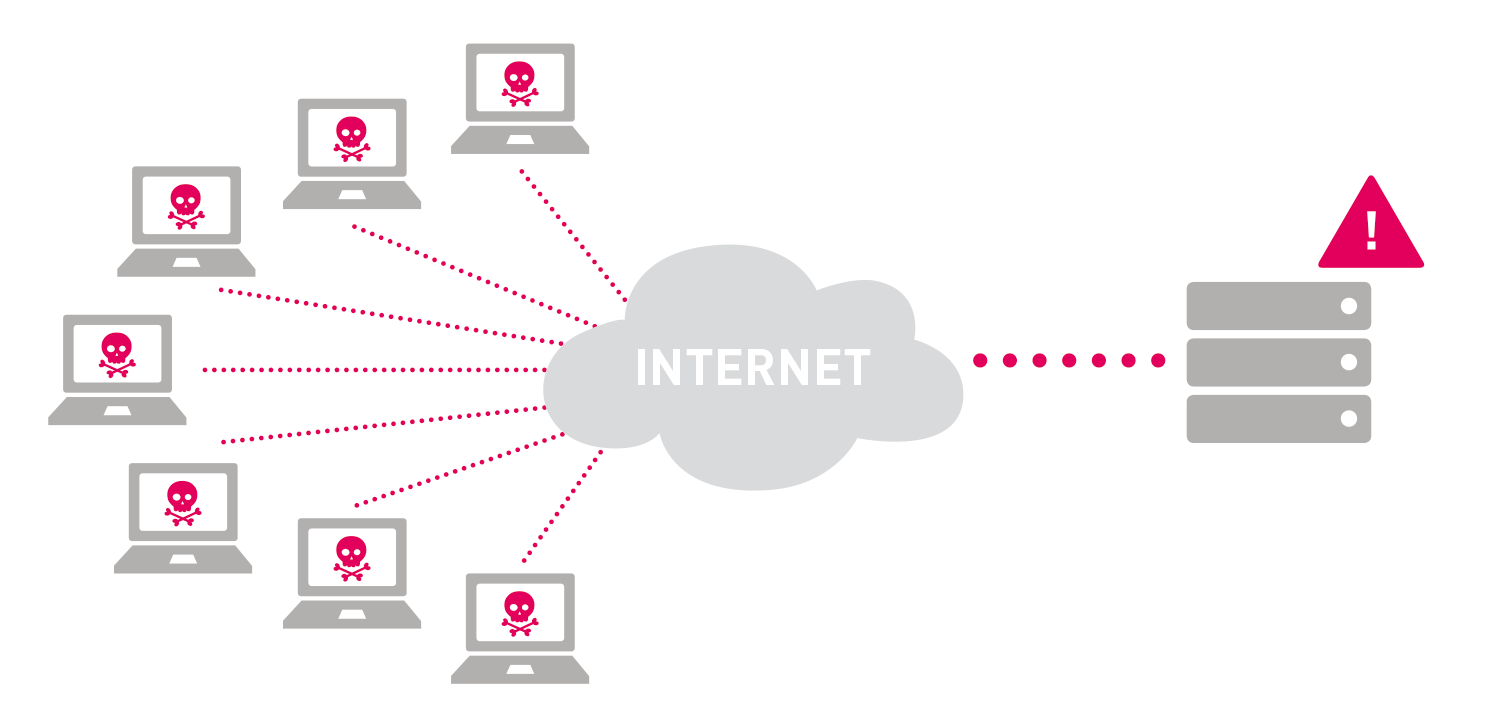Introduction
As cyber threats become more complex, traditional Web Application Firewalls (WAFs) struggle to keep up. To address this, next-gen WAFs are leveraging Artificial Intelligence (AI) and Machine Learning (ML) to deliver more dynamic and effective protection. These technologies are revolutionizing how applications are defended in real time.
What Are Next-Gen WAFs?
Next-generation WAFs go beyond static rule sets. They use AI and ML to learn from traffic patterns, detect anomalies, and adapt to evolving threats without relying solely on pre-defined signatures. This makes them more responsive and accurate in identifying malicious behavior.
Key Features of AI-Powered WAFs
- Behavioral Analysis: AI models analyze typical traffic behavior and detect anomalies like abnormal request rates or suspicious payloads.
- Automated Threat Detection: Machine learning enables WAFs to identify new and unknown threats based on behavior, even if no signature exists yet.
- Self-Tuning Rules: ML allows dynamic rule adjustments, reducing false positives and improving threat accuracy over time.
- Real-Time Response: AI can respond instantly to emerging threats, adapting without the need for manual configuration.
Benefits of Using AI and ML in WAFs
- Improved Accuracy: Reduces false positives and negatives by understanding context and intent behind requests.
- Faster Adaptation: AI models quickly learn from new attack vectors and patterns, providing faster protection.
- Scalability: Ideal for large-scale and cloud-native applications where traditional WAFs may struggle.
- Reduced Manual Intervention: Security teams can focus on strategy rather than constantly updating rule sets.
Use Cases for AI-Driven WAFs
- Protection against zero-day vulnerabilities
- Defending APIs and microservices architectures
- Adaptive protection for e-commerce, banking, and SaaS platforms
Challenges and Considerations
While next-gen WAFs offer powerful advantages, they also require well-curated data for training. Poorly trained models can lead to misclassifications. Additionally, transparency in AI decision-making ("explainability") is still an evolving area that developers and security teams must understand.
Conclusion
Next-generation WAFs powered by AI and machine learning represent a significant leap forward in web security. By learning from behavior and adapting in real time, they offer intelligent, scalable protection for today’s complex digital environments. As cyber threats continue to evolve, so must our defenses—and AI-driven WAFs are leading that evolution.


